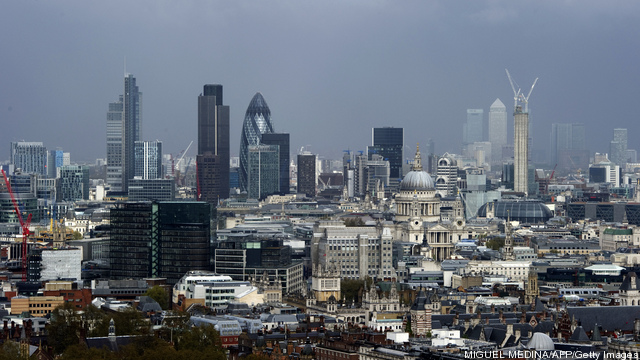
UK consumers care about price – that much is clear from the Vestas Global Consumer Wind Study 2012. And well they might. Government figures for 2011 show that the annual average electricity bill rose by £36 to £453 from the previous year.
It’s a trend that is never likely to be reversed. Electricity prices started to rise sharply from 2004 when the UK became a net importer of natural gas. Around 28% of the UK’s electricity fleet is gas-fired. This connection between fossil fuel imports and high energy prices is not lost on consumers – 77.5% of GCWS respondents expressed very high or moderately high levels of concern about dependency on fossil fuels. Keep reading →









‘Delta Boys’: An Energy Documentary Review
By Jared AndersonMany oil and gas analysts know Nigerian energy fundamentals like backs of their hands, effortlessly rattling off statistics like the country’s 2.4 million barrels per day of 2011 oil production accounted for about 3% of the world’s total or the fact that Nigeria was tied with Australia as the world’s fourth largest LNG exporter that same year. And the soon-to-be released documentary “Delta Boys” begins much the same way, identifying Nigeria’s place in the global oil and gas producer hierarchy.
However, few analysts truly comprehend the situation as it exists on the ground. The same goes for the millions of news consumers worldwide that follow the complex web of human rights, environmental, political, economic and energy supply issues that pulse throughout the resource-rich region. Keep reading →